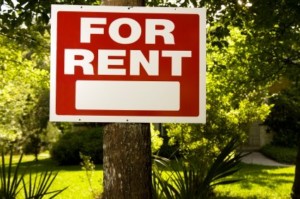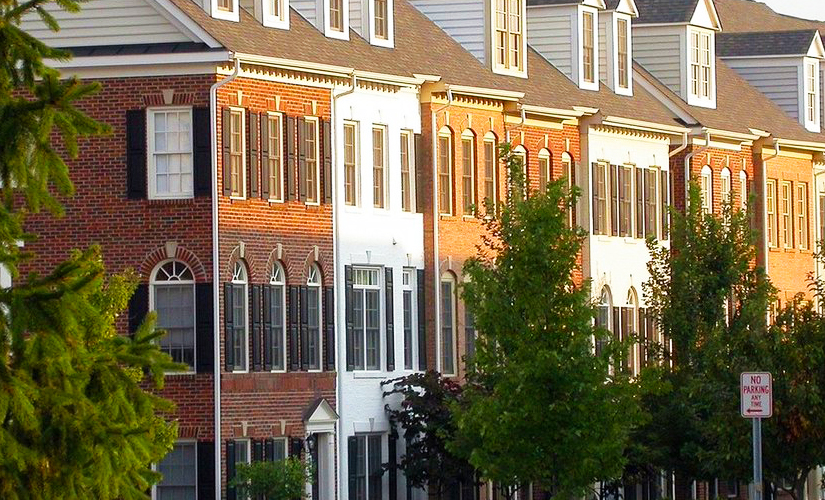How to Utilize Losses from Rental Properties
Once upon a time, individuals could invest in rental real estate and use the big tax losses to offset income earned from other sources. Unfortunately, Congress has squashed that strategy. Now losses from rental real estate are suspended and can be used to offset only rental income. It’s not impossible to use the losses from your rental property to offset other sources of income, but there are several hoops to jump through in order to use the losses.
Unless you meet certain requirements, your rental property business is considered a ‘passive activity’ by the IRS. This means you can deduct expenses only to the extent that you have income from the passive activity. For example, let’s say you receive rental income of $20,000 for the year, but your expenses, including depreciation total $30,000. If your rental property is a passive activity, you can only deduct rental expenses to the extent of your rental income, or $20,000. The remaining $10,000 of rental expenses is suspended until you generate more passive income in future years.

This photo can be found here.
How can you avoid this passive activity loss suspension for your rental properties?
Option 1 is to generate passive income, either from your rental properties or other passive investments.
Option 2 is to make your rental property a non-passive activity. If the rental property is non-passive, you can deduct your net losses from the rental activity against all other active income, like your wages.
In order to classify your rental activities as active, you need to meet 2 criteria for the IRS:
- You qualify as a real estate professional; and
- You materially participate in the operation of your rental property or properties.
What constitutes a real estate professional? The IRS states that a real estate professional performs more than half of the work for the rental property for the year AND works more than 750 hours in a year for the rental property. Working as a real estate professional includes activities related to development, construction, acquisition, rental, operation, management and leasing.

This photo can be found here.
After you prove that you are a real estate professional, you need to show that you materially participate in your rental properties. How does the IRS define Material Participation? The IRS wants to know how much time you spend working on the rental property. Can you answer any of these questions in the affirmative?
- Did you work more than 500 hours in the year on the property?
- Did you work more than 100 hours in the year on the property, and no one else worked more than you on the property?
- Did you perform substantially all of the work on the property?
If you can answer any of those questions with a ‘yes’ for each property you own, you qualify under the Material Participation rule.
The IRS is going to want proof that you qualify under the 2 criteria for active rental real estate activities, so keep a calendar and keep good records! You know we’re sticklers for good record-keeping! If you can prove that you are a materially participating real estate professional, you’ll be able to use your rental property losses to offset other active income without Congress trampling your tax planning strategy.
Do you have questions about your participation in your rental property? Contact us – We can help make sense of the IRS rules.


